Is your desk set up causing your neck pain?
To alleviate neck pain, an ergonomic setup can be a game changer. Such a setup could include adjusting your monitor to eye level, using a chair with robust neck and back support, and taking breaks regularly to move and stretch. As a chiropractor, I can attest that neck pain stemming from daily postural strain is one of the most common issues I encounter. Post-Covid, the shift to remote work and its associated sedentary lifestyle have exacerbated this problem. Many patients have shared that they were more active when commuting and moving around an office environment.
Typical conditions arising from improper neck positioning can include: neck pain, nerve pain radiating down the arm or upper back, tingling in the hands, stiff necks, and headaches.
While I do caution my patients that an ergonomic setup alone won't eliminate all discomfort, it can significantly reduce it. Even a 50% reduction in discomfort can make a world of difference. In addition to setting up your workstation properly, strengthening exercises and regular breaks are crucial elements in combating neck pain.
To visualize the importance of proper neck positioning, think of a bowling ball balanced on a pole. If centered correctly, the bowling ball will sit neatly on the pole. If the bowling ball starts to roll forward, it requires a counter force to prevent it from falling. This counter force represents our muscles, and our heads are the bowling balls. If our heads are centered on our necks, there will be minimal contraction of our neck muscles needed to hold our heads up. However, as our heads begin to lean forward, our neck, upper back, and shoulder muscles must contract to hold our heads up. The longer these muscles are contracted, the more fatigued and tight they become, resulting in pain and sometimes headaches.
When the neck muscles are chronically tense, a trigger point in the muscle may form. These trigger points can then start to refer pain around the head, leading to a cervicogenic headache – a type of headache stemming from the neck. It's crucial not to lay the blame on dehydration and weather for all headaches!
Neck musculature trigger points and their referral patterns
Here are five strategic tips to set up your workstation to minimize neck tension:
Stand in front of your chair and adjust its height so that the highest point of the seat is just below your kneecap. Your knees should be bent at a 90-degree angle, with your thighs parallel to the floor and your feet flat on the ground. You may need a footstool to achieve this.
Sit upright with your arms naturally hanging by your sides. Bend your elbows at a 90-degree angle and adjust the armrest height so they lightly touch the undersides of your elbows. Your forearms should be parallel to the floor, and your shoulders relaxed to prevent upper trap tightness from shrugging. The arm rests should line up nicely with the desk. If your feet are now not touching the floor, you may need a foot rest!
While sitting, ensure that your ears, shoulders, and hips are in line, and your buttocks are at the back of the chair. Sit tall with your chest raised – maintain a neutral spine.
If using a laptop, consider investing in a laptop stand that elevates the screen to eye level, along with a Bluetooth keyboard and mouse.
Ensure that your mouse is not positioned in the middle of your desk, which could pull your shoulder forward, resulting in your neck moving forward as well.
It's worth noting that maintaining this posture throughout the day is unrealistic. You will slouch at times, but the key is to catch yourself and reposition to a more ergonomic posture!
Our team at Rise can help combat the pain from this postural stain by providing manual care and lifestyle changes. Our physio, Vanessa Deceseare, can also provide a virtual or in home ergonomic assessment.



